Taruna Jaya Dance, Aesthetics of the Pride of the Jagaraga Society of Bali
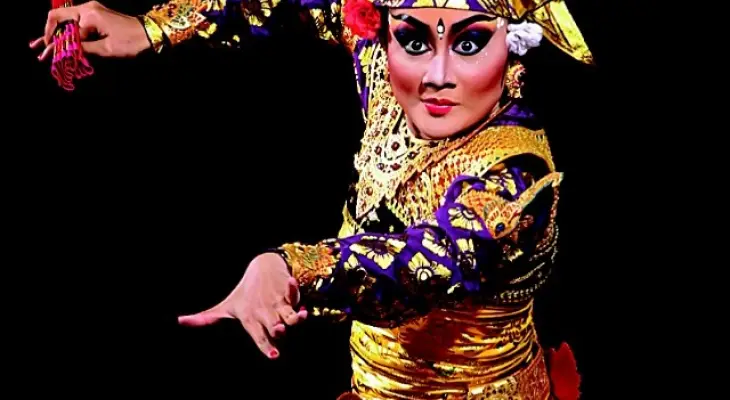
Holiday Ayo - Not only known for the beauty of its tourist objects, Bali is also known for its various types of aesthetic culture. One of them is Taruna Jaya Dance. Taruna Jaya dance is a dance that is the pride of the citizens of the Jagaraga village community in particular. Why is that, because the Taruna Jaya dance is a dance created by the son of Jagaraga, which is now well known to foreign countries, and has become one of the tourism magnets in Bali.
Taruna Jaya dance is indeed a masterpiece of dance that is still enchanting, often staged to this day. The aesthetic expressions that are presented and the optimistic glow that is emitted are still evocative. Taruna Jaya Dance is one of the new dance creations from Bali, precisely in Buleleng Regency, North Bali. This dance was created in 1915 by Pan Wandres in the framework of Kebyar Legong. Then refined again by I Gede Manik who is a well-known artist from Bali.
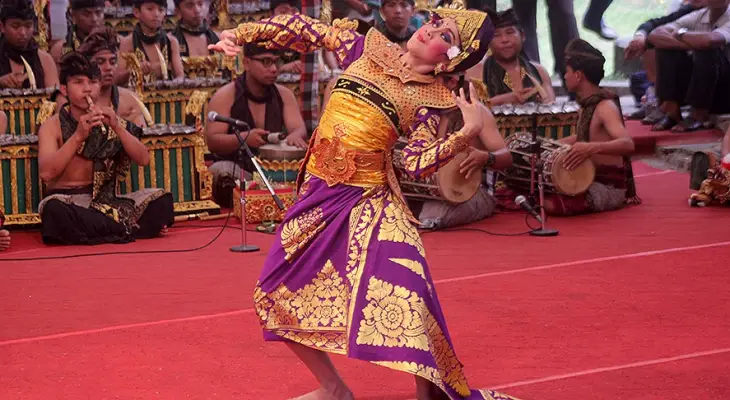
source: budaya indonesia
Taruna Jaya dance is one of the kekebyaran dances that represents the movements of a young man who is growing up, very energetic, dynamic, and charming. The Taruna Jaya Karang Kubu dance was developed in the Karang Kubu area by I Likes (from Bali) in the 1960s and had a long hiatus. Taruna Jaya dance depicts the movements of young people who are increasingly mature, very emotional, and their attitude is always trying to attract the hearts of women. These dances include entertainment dances whose performances can be performed anywhere, including in temple grounds, fields, indoor and outdoor open stages and other places.
Based on its history, Taruna Jaya dance cannot be separated from the Kakebyaran dance which means close to Kebyar. It is called so, because this dance is not only accompanied by Gamelan Gong Kebyar, but the movements are very dynamic and resemble kebyar. The development of Gong Kebyar, which has existed since the 1920s, has been interesting through its dynamic and modern rhythms.
Gong Kebyar is loved by the community, especially young people and quickly spread throughout Bali, even more interesting since I Maria created the Kebyar dance. In Buleleng Regency, the community was very enthusiastic about welcoming Gong Kebyar, even receiving special attention from the Dutch colonial at that time. The existence of Gong Kebyar in the area has encouraged the emergence of various new dance movements that use Gamelan as a dance accompaniment.
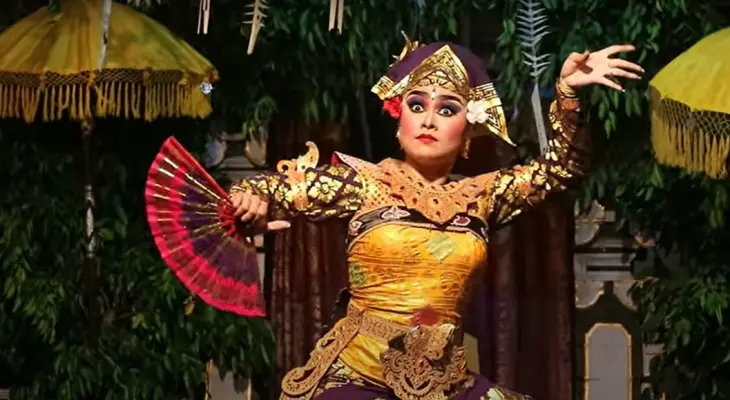
source: suara nusantara
Initially, this dance was a solo dance which also included “Babancihan Dance” because it displayed male and female characteristics. Along with its development, the Taruna Jaya dance was performed by more dancers. This dance has a flexible duration. The shortest dance duration is about 11 minutes. Truna which means 'single' and Jaya which means 'win' immediately gives an understanding of the dance. Ironically, the dancers are young women who take on the roles of young men. The women wear a 'destar' which is usually worn by men and an unusual waist cloth called 'kancut'.
Because it is so famous until today compared to the dances of his contemporaries, Taruna Jaya still shows his glory at the age of more than half a century. In various schools and art institutes and art studios, this dance is passed on from generation to generation. Taruna Jaya dance is also often featured in Balinese dance competitions. What's amazing is that his charm in the community never dims, it's still vibrant.




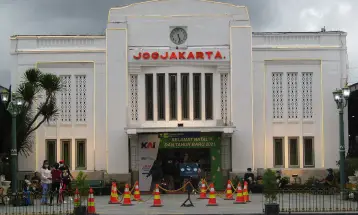

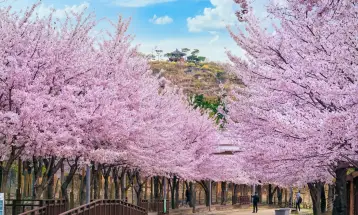

Leave a comment